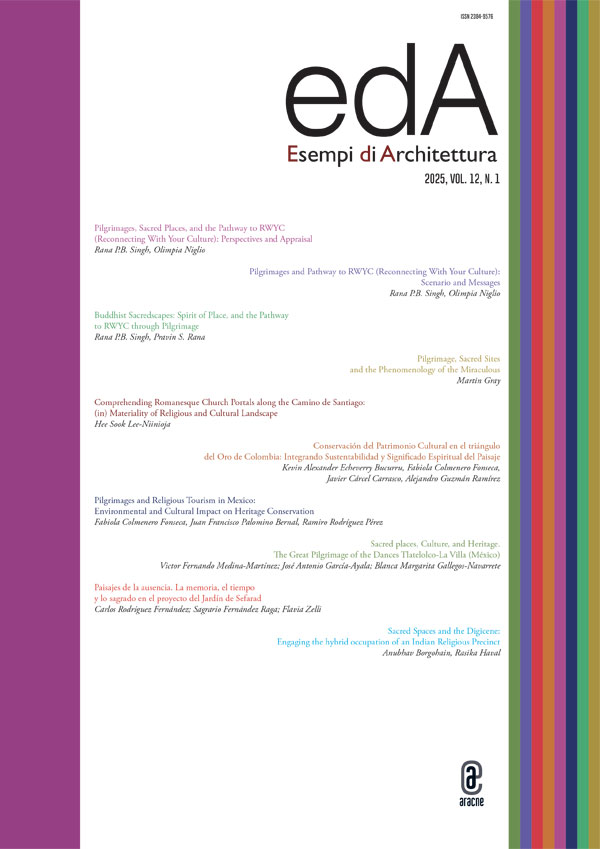Estratto dal volume Esempi di Architettura
Paisajes de la Ausencia. La Memoria, el Tiempo y lo Sagrado en el Proyecto del Jardín de Sefarad
DOI: 10.53136/97912218171959
Pagine: 143-154
Data di pubblicazione: Febbraio 2025
Editore: Aracne
SSD:
ICAR/14 ICAR/18 ICAR/20 ICAR/21
Sepharad is a biblical toponym that Jewish tradition identifies with Spain, the land from which an entire community was expelled in 1492, by the Edict of Granada. Sephardim are also still called the descendants of those exiled people from there, even though this term appears in the Bible only once: once, but enough to freeze forever the image of the lost and still coveted homeland. The fortuitous discovery, in 2012, of the remains of the ancient Jewish cemetery in the city of Avila, gave LAB/PAP Landscape Architecture, Heritage and Cultural Lab -a research and design group of the University of Valladolid- the opportunity to symbolically compensate for this loss, building an intense space destined for memory and reconciliation, called the Garden of Sefarad. The project proposes the creation of a kind of space-time fissure. Using a wall in the area as a physical reference, the garden plays with the overlaying of different temporal layers in the same place: in the centre, a rectangular mound represents the new burial space for the remains from the excavated tombs; in the remaining area, granite slabs and stones emerge punctually as relics of the past, drawing a series of visual coordinates that relate the ancient cemetery with parts of the city. The Garden of Sefarad thus constructs an evocative landscape, summarizing in a single place all the emotional baggage of a community, exiled and at the same time indissolubly bounded to the territory they were forced to leave. A commemorative landscape, created with the aim of giving a completely ritual character to the area occupied by the ancient cemetery, guaranteeing the holiness of the place and at the same time the functionality of the urban infrastructure.


